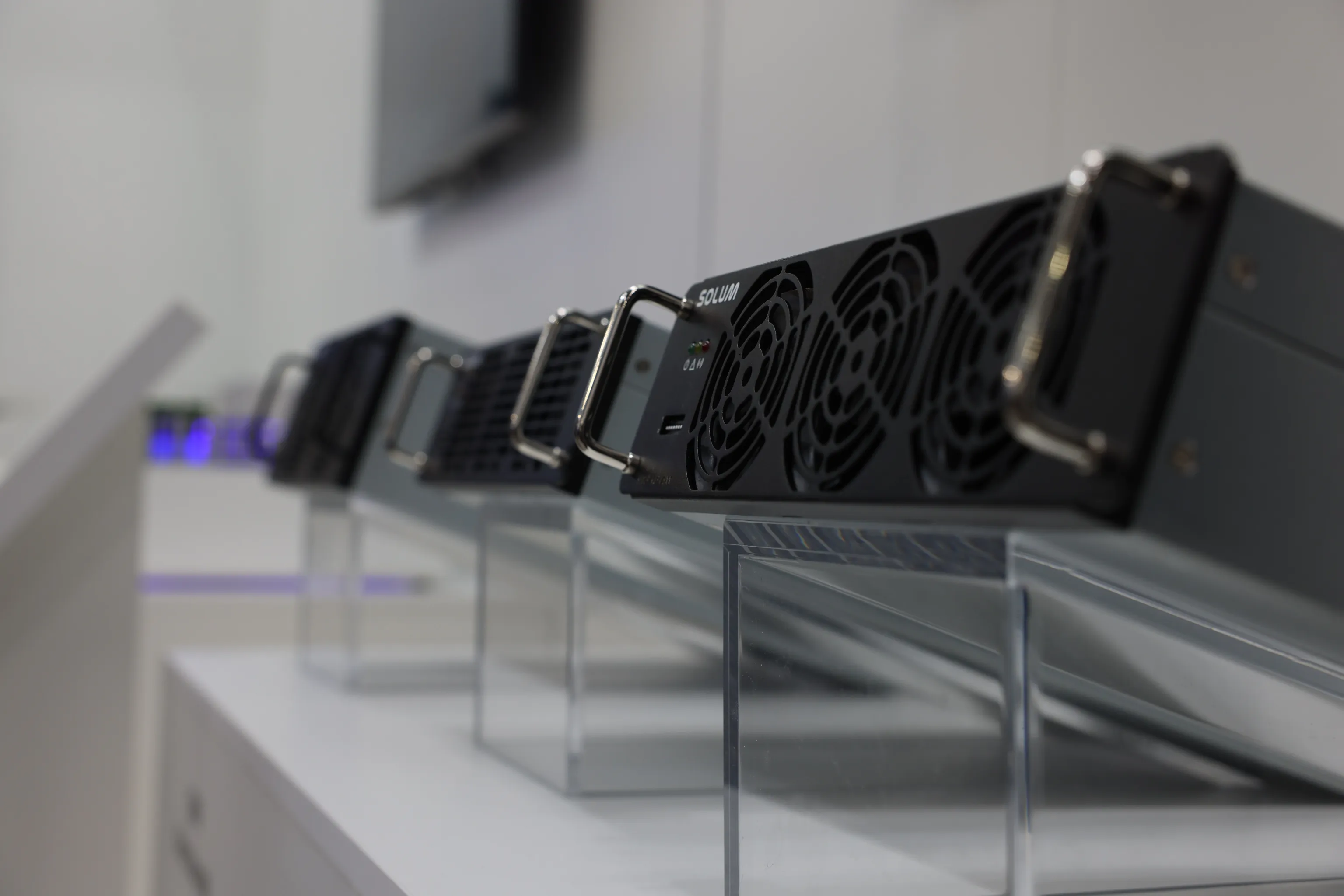A big part of the educational learning process is experienced outside the classroom. In fact, campus grounds are a haven for students to engage with the community, build social lives, and participate in school activities and events. This makes outdoor campus lighting even more crucial, and solar street lights more favorable.
Why is campus lighting important?
Campus lighting, especially outdoor lighting, is crucial for several reasons. Campus lighting encompasses a variety of factors, such as safety and security, aesthetics, and even functionality. Without proper and efficient lighting around campuses, educational institutions risk the safety, well-being, and learning abilities of students as well as the staff.
Here are a few reasons why outdoor campus lighting is important:
- It enhances safety
- It strengthens security and surveillance around the area
- It has various functional purposes
- It improves the aesthetic and the ambiance
- It plays a part in community building and social interaction
- It helps with overall campus maintenance
- It contributes to energy efficiency and sustainability goals
It enhances safety
Proper campus lighting helps prevent accidents and injuries by illuminating pathways, stairs, open fields, parking areas, and other potentially hazardous areas. It ensures that students, faculty, and visitors can navigate the campus safely. This reduces the risk of trips, falls, and other accidents, particularly at night, during big events or school functions, or during inclement weather. In the 2021 DPS Community Survey Report, 64% of respondents said that they would feel safer with better illumination on school grounds.
It strengthens security and surveillance around the area
Well-lit areas deter criminal activities around the campus. This includes crimes such as theft, vandalism, alcohol offenses, robbery, burglary, and assaults. According to the National Center for Education Statistics (NCES) regarding on-campus crimes in the United States, there were 9,400 sex offenses, 6,800 burglaries, 2,500 motor vehicle thefts, 1,500 aggravated assaults, and 500 robberies reported in 2020. Adequate lighting is necessary to increase visibility on campus grounds. This makes it easier for campus security to monitor activities and for individuals to recognize and avoid potential threats. It also fosters a sense of security, encouraging more people to use campus facilities during the evening hours without any immediate danger.
It has various functional purposes
Effective outdoor campus lighting supports various campus activities and events. This includes various sports events, performances, and social gatherings. It ensures that these events can be safely and successfully conducted even after dark. As a result, this expands the range of activities and promotes a vibrant campus life among students and staff.
It improves the aesthetic and the ambiance
Thoughtful lighting design can enhance the campus's visual appeal and ambiance. This is because it highlights architectural features, landscaping, and key landmarks on campus grounds. Lighting also helps influence the mood of a space, whether it be a lively ambiance or a cozy atmosphere. Because of this, the campus is not only more inviting and pleasant. It also contributes to a positive impression for prospective students, visitors, and the community.
It plays a part in community building and social interaction
By creating well-lit and inviting outdoor spaces, campuses can encourage social interaction and community engagement among students, both graduates and undergraduates. This can lead to a more cohesive and supportive campus environment, fostering connections among students, faculty, and staff.
It helps with overall campus maintenance
Proper outdoor lighting also aids overall campus maintenance by enhancing visibility and allowing maintenance staff to perform their duties effectively and safely, even during early morning or late evening hours. Proper illumination also helps in promptly identifying and addressing issues such as damaged infrastructure, litter, vandalism, or other hazards. This further streamlines campus upkeep and reduces repair costs or operational expenses.
It contributes to energy efficiency and sustainability goals
Modern outdoor lighting solutions, such as LED fixtures and smart lighting systems, can be energy-efficient and environmentally friendly. For large campuses and educational institutions, implementing these technologies reduces energy consumption and lowers operational costs. This helps align with sustainability goals and demonstrates the institution's commitment to environmental responsibility.
Overall, exterior lighting for campuses is vital to creating a safe and vibrant campus atmosphere. It is essential for ensuring safety and security, beautifying the environment, supporting campus activities, and promoting sustainability.
What are the important elements of campus lighting?
Outdoor campus lighting should not only provide ample light but also be the right solution for various outdoor environments. This means campus lighting has a lot of elements that should be met. Campus grounds, after all, cater to diverse people and events, including students, staff, visitors, and more.
Here are some of the important elements of outdoor campus lighting:
- Illumination Levels: Campus lighting should ensure appropriate brightness levels to facilitate visibility and safety without causing glare or light pollution. Different areas may require varying levels of illumination based on their use or functionality.
- Uniformity: Campus lighting provides consistent lighting coverage to avoid dark spots and overly busy areas, which can create unsafe conditions and visual discomfort.
- Energy Efficiency: Campus lighting needs energy-efficient technologies like LED fixtures and smart lighting systems. This can reduce energy consumption and operational costs while minimizing the environmental impact.
- Durability and Reliability: It’s also recommended to choose robust lighting fixtures that can withstand different weather conditions and various applications. This will reduce the need for frequent lighting replacements or maintenance.
- Aesthetic Integration: Campus lighting should also be able to complement the campus architecture and landscape. This will help enhance the visual appeal and create a cohesive and inviting environment for everyone in the vicinity.
- Security Features: Campus lighting should be in strategic locations such as pathways, entrances, parking lots, and other secluded areas to deter criminal activities and enhance the sense of security.
- Compliance with Regulations: Ensuring that lighting designs meet local codes and standards related to safety, accessibility, and environmental impact.
Why should you choose solar street lights for campus lighting?
Solar street lights can be a game-changer for schools and educational institutions. Solar-powered lighting is beginning to leave its mark in various fields and industries, including the field of education. One such example is the SOLUM Solar Street Lights. This high-performing and low-maintenance solar lighting solution brings innovation and functionality together. Its versatility makes it ideal for various applications, and suitable for campus life and activities.
SOLUM Group has equipped these solar street lights with:
- Automatic On/Off
- Programmable Time Dimming
- Intelligent Power Control
- Premium Quality Components
- Advanced MPPT (Maximum Power Point Tracking) Technology
- Intelligent Battery Management System
- Customizable LID (Luminous Intensity Distribution) Applied Lens
- IP65-Rated Enclosure
Solar street lights like this offer several significant benefits to communities. In outdoor campus grounds, they can help elevate student life and learning opportunities.
Here are several reasons why you should choose solar street lights for outdoor campus lighting:
Energy efficiency
Solar street lights harness renewable energy from the sun. This reduces the school’s reliance on non-renewable energy sources and lowers energy costs. They operate independently of the electrical grid, making them a sustainable choice for campus lighting, especially for bigger institutions.
Improved safety and security
Consistent and reliable lighting enhances campus safety and security, especially on the grounds. This helps deter criminal activities and ensures that students, faculty, and visitors can navigate the campus safely at night.
Environmental Impact
Solar lighting reduces carbon footprints and greenhouse gas emissions, which aligns with sustainability goals and promotes an environmentally friendly campus. In fact, the U.S. Department of Energy estimates that solar energy systems can lower carbon emissions by about 100 million metric tons annually in the United States alone. This significant impact must be addressed.
Cost Savings
Although the initial installation cost may be higher, solar street lights offer long-term savings on electricity bills and lower maintenance costs. This is because they do not require extensive wiring or connections to the power grid. They rely solely on solar energy, reducing the overall costs for educational institutions.
Smart Controls or Automation
Solar street lights usually have automation and smart technology that create seamless operation on campus grounds. Integrating advanced controls like motion sensors, timers, and dimmers can optimize lighting usage, improve efficiency, and provide adaptability for different scenarios and times of the day.
Reliability and Resilience
Solar street lights provide reliable lighting even during power outages, ensuring continuous illumination for safety and security. They are particularly beneficial in areas prone to electrical disruptions.
Scalability and Flexibility
Solar lighting systems can be easily scaled up or down to meet changing campus needs. They can also be relocated if necessary, providing flexibility in campus planning and development.
Easy Installation
Solar street lights are relatively easy to install since they do not need to be connected to the electrical grid. This flexibility allows for lighting in remote or hard-to-reach areas without extensive trenching and cabling.
Low maintenance
Solar street lights typically require less maintenance compared to traditional lighting systems. With fewer components and no need for external power sources, they have lower long-term maintenance demands. This makes it easier for the campus to maintain, especially in different parts of the campus grounds.
Opting for solar street lights means campuses can benefit from energy efficiency, cost savings, environmental sustainability, and improved safety and security. This makes solar street lights, like SOLUM Solar Street Lights, a smart and responsible choice for outdoor lighting.











